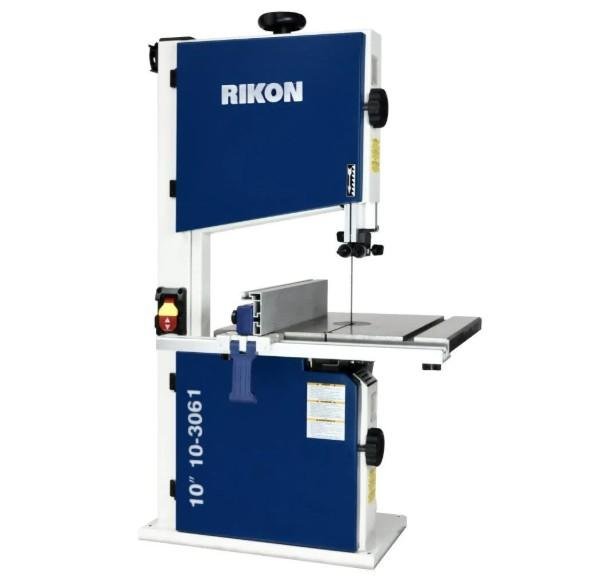Finding the source of a leak in your metal roof can feel like a daunting task, but it doesn’t have to be. Start by looking for obvious signs of damage, such as rust spots or missing panels. These areas are usually good indicators that water could be making its way in. Pay attention to flashing and seams, as these are common culprits for leaks. If everything looks good on the surface, it might be time to go a bit deeper.

Next, grab a flashlight and inspect the underside of your roof. Look for water stains or mold growth on the beams and decking. These signs can help pinpoint where the leak might be coming from. It's also a good idea to check around vents, chimneys, or any other installations on your roof. These are often places where water can sneak in if they're not sealed properly.
Do some detective work by tracing the path of the water. If you can, wait for a rainy day to see if you can spot exactly where the leak originates from. If climbing up isn’t an option or feels unsafe, look for external signs like wet spots on the ground or landscaping below your roof. This can often guide you to where the water is getting in.
Once you think you've found the leak's source, the next step is to test your findings. You can use a hose to simulate rain. Start at the lowest point and work your way up, checking for leaks as you go. This simple method can really help you verify that you’re on the right track to repair metal roof leaks efficiently.
Gathering Your Repair Tools
Before you dive into repairing those pesky leaks, it's essential to gather the right tools. Having everything at your fingertips can make the process smoother and more efficient. Here’s a handy list to get you started:
- Roofing Cement: This is a must-have for sealing gaps and cracks. It’s sticky, durable, and works well on metal surfaces.
- Paint Brush or Putty Knife: These tools help apply the roofing cement evenly. A brush is great for larger areas, while a putty knife works well for precision.
- Caulking Gun: If you’re using caulk, this tool will make application easier and more controlled.
- Safety Gear: Don't forget gloves and a sturdy pair of shoes. Safety first, right?
- Ladder: Depending on the height of your roof, a good ladder is crucial for reaching those leak spots safely.
Once you have your tools gathered, it’s time to head to the roof. While you’re up there, keep an eye out for signs of wear or damage. When you repair metal roof leaks, the earlier you catch issues, the easier they are to fix.
Remember, if the job seems too big, it’s totally okay to call in a professional. They can tackle those tricky leaks while you stay safe on the ground. But, when you're ready to give it a go yourself, being equipped with the right tools will help you feel confident in your repair efforts.

Step-by-Step Repair Instructions
If you've got a leak in your metal roof, don't worry! With the right tools and a little elbow grease, you can repair metal roof leaks yourself. Follow these easy steps to get your roof back in tip-top shape.
Step 1: Locate the Leak
First thing's first, you need to find out where the leak is coming from. Check for rust spots, holes, or any places that look different from the rest of the roof. Sometimes, the leak can be above the water stain on the ceiling, so keep an eye out for any potential trouble spots.
Step 2: Clean the Area
Before you start fixing anything, make sure to clean the area around the leak. Remove any loose debris, rust, or old sealant. A clean surface will help the repair materials stick better and ensure a long-lasting fix.
Step 3: Apply Sealant or Patch
If the leak is small, a good quality roofing sealant can do the trick. Just apply it over the affected area per the manufacturer's instructions. For bigger holes, consider using a patch made of metal or a roofing repair tape. Just cut the patch to size, apply adhesive if necessary, and press it firmly in place.
Step 4: Check Your Work
Once the patch or sealant is in place, give it some time to cure. After it’s dried, test it out. You can do this by running water over the area to see if any leaks remain. If everything's dry, you've just learned how to repair metal roof leaks like a pro!
Preventing Future Roof Leaks
Once you've tackled the initial challenge of how to repair metal roof leaks, it's important to think about prevention. Keeping your roof in great shape is key to avoiding future leaks and ensuring it lasts for years to come. Here are some practical tips to help you keep your metal roof in top condition.
First off, regular inspections are a must. Check your roof at least twice a year, especially after heavy storms. Look for any signs of wear and tear, like rust, loose panels, or sealant that’s wearing off. Catching these issues early means you won’t have to deal with more serious damage later on.
Cleaning your roof is another great way to prevent leaks. Leaves, dirt, and debris can build up and trap moisture, leading to rust and eventual leaks. Make it a habit to clear off any buildup, especially in the valleys and near gutters. A clean roof is a happy roof!
Lastly, consider the importance of proper installation. If you're ever in the position of needing a roof replacement or major repairs, make sure to hire professionals who specialize in metal roofs. A well-installed roof significantly reduces the chances of future leaks, making your repair efforts more effective in the long run.


